The History of Money by Jack Weatherford
Publisher: Three Rivers Press
Genre: Non-fiction, Historical
Length: Full length (268 pages)
Rating: 4 stars
Reviewed by LavenderIn his most widely appealing book yet, one of today’s leading authors of popular anthropology looks at the intriguing history and peculiar nature of money, tracing our relationship with it from the time when primitive men exchanged cowrie shells to the imminent arrival of the all-purpose electronic cash card.
As someone with a degree in history, I find myself drawn to the subject on a regular basis, constantly on the lookout for informative and engaging books. There are many sub-genres of history, of course, and economic history is but one.
The History of Money manages to educate readers in an entertaining fashion about humans’ use of money to engage in consumption.
The book starts at the beginning with “chocolate cash.” Sounds good, right? Readers get a bit of Aztec history by reading the chapter entitled “Cannibals, Chocolate, and Cash.” Other food items for trade are discussed. Eventually, the first coins are produced, and I learned about this too. It’s interesting to discover how turning to coins affects the spread of commerce.
As expected, gold had its part to play, and this is covered (other metals as well). Readers get treated to a little Ancient Greek history and different monetary revolutions. Going to paper money is one of the revolutions. Where was the dollar born? I found out. How did the use of money affect interaction between human beings? Perhaps in ways one might not expect.
The next section is about the Romans and their economy. For example, I learned that “Rome built the world’s first empire organized around money” (49). Moving along, I got some Medieval and Renaissance history. The common thread of money ties the eras together like a fine tapestry, and I was treated to fascinating human happenings along the way. Bits and pieces of other histories are found throughout, such as math, decimals, and even language and the arts.
This is a world history, a trip throughout different countries as well as eras. Every section of this book is engaging, but there are certain highlights one might appreciate, such as the look into American money, its history, and how it’s made. There are many surprising facts to be found such as coin and paper money being less than ten percent of the dollars in existence, and the other dollars are “numbers in a ledger or tiny electronic blips on a computer chip” (124).
There’s discussion of the scientific revolution, the British economy, American Civil War era money, and even how The Wonderful Wizard of Oz had something to say about gold and silver usage. Moving along, I read about credit cards and eventually electronic money. At last, the author leaves the reader with much to think about. This book is about more than money and is well worth the read.
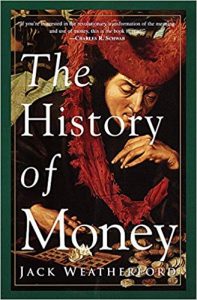



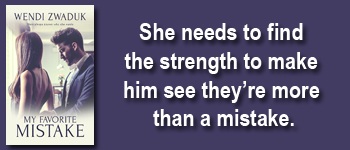


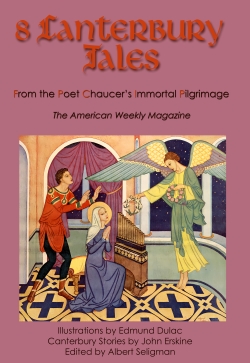
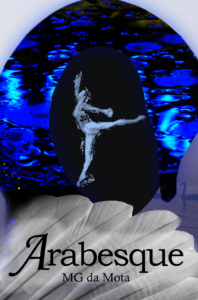

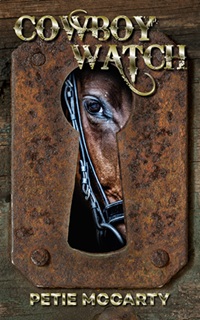
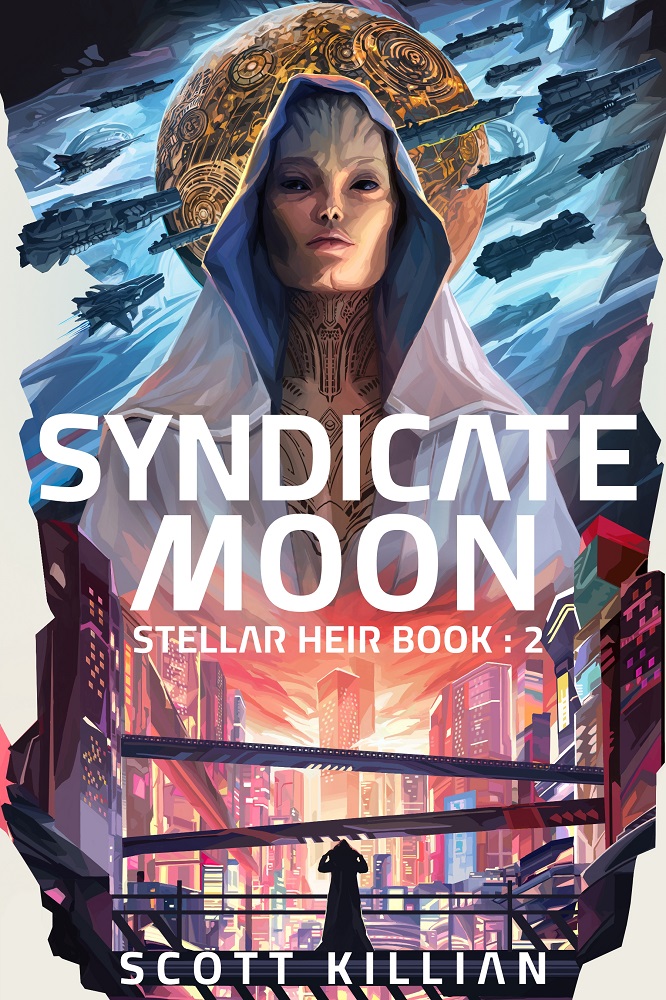
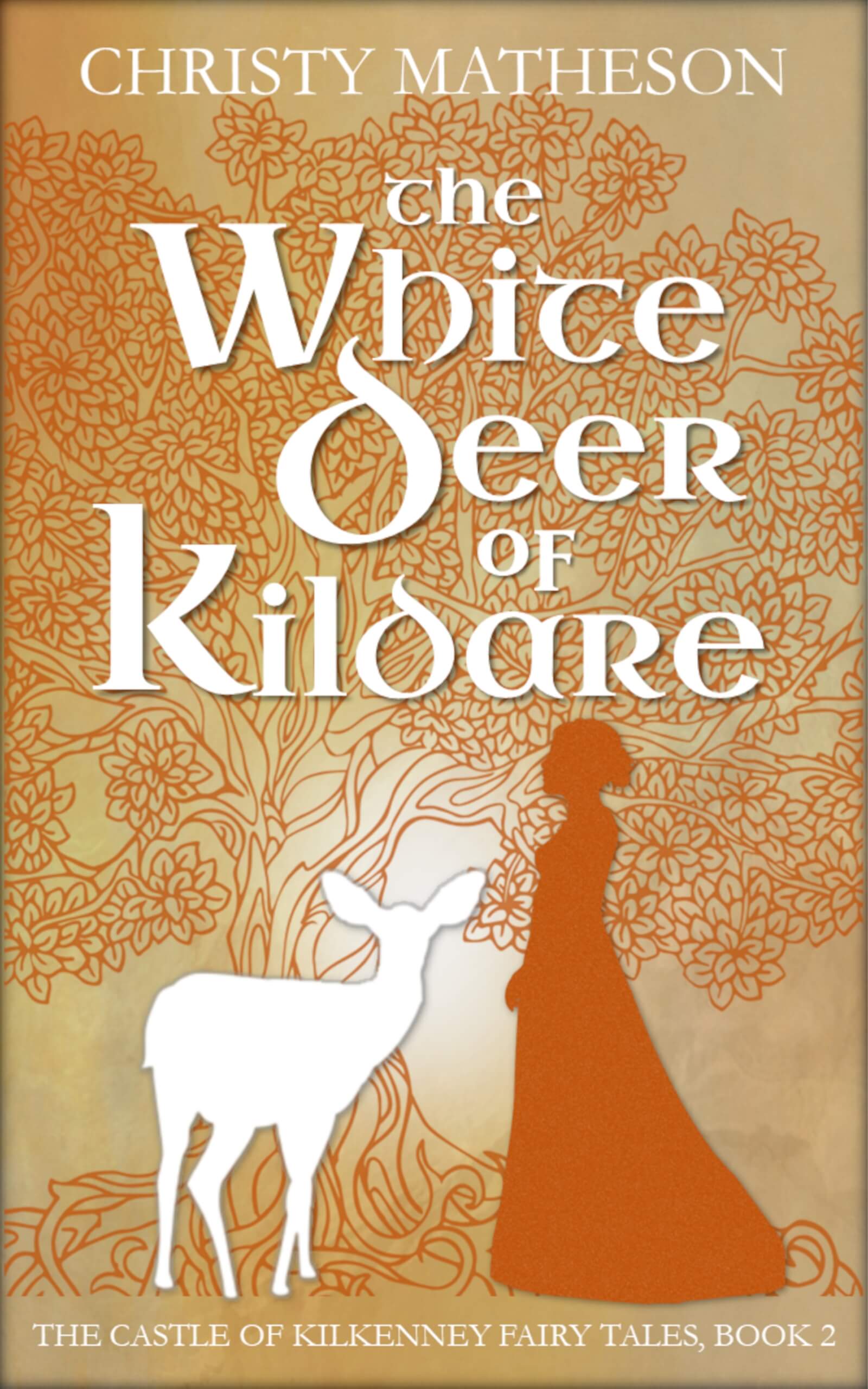

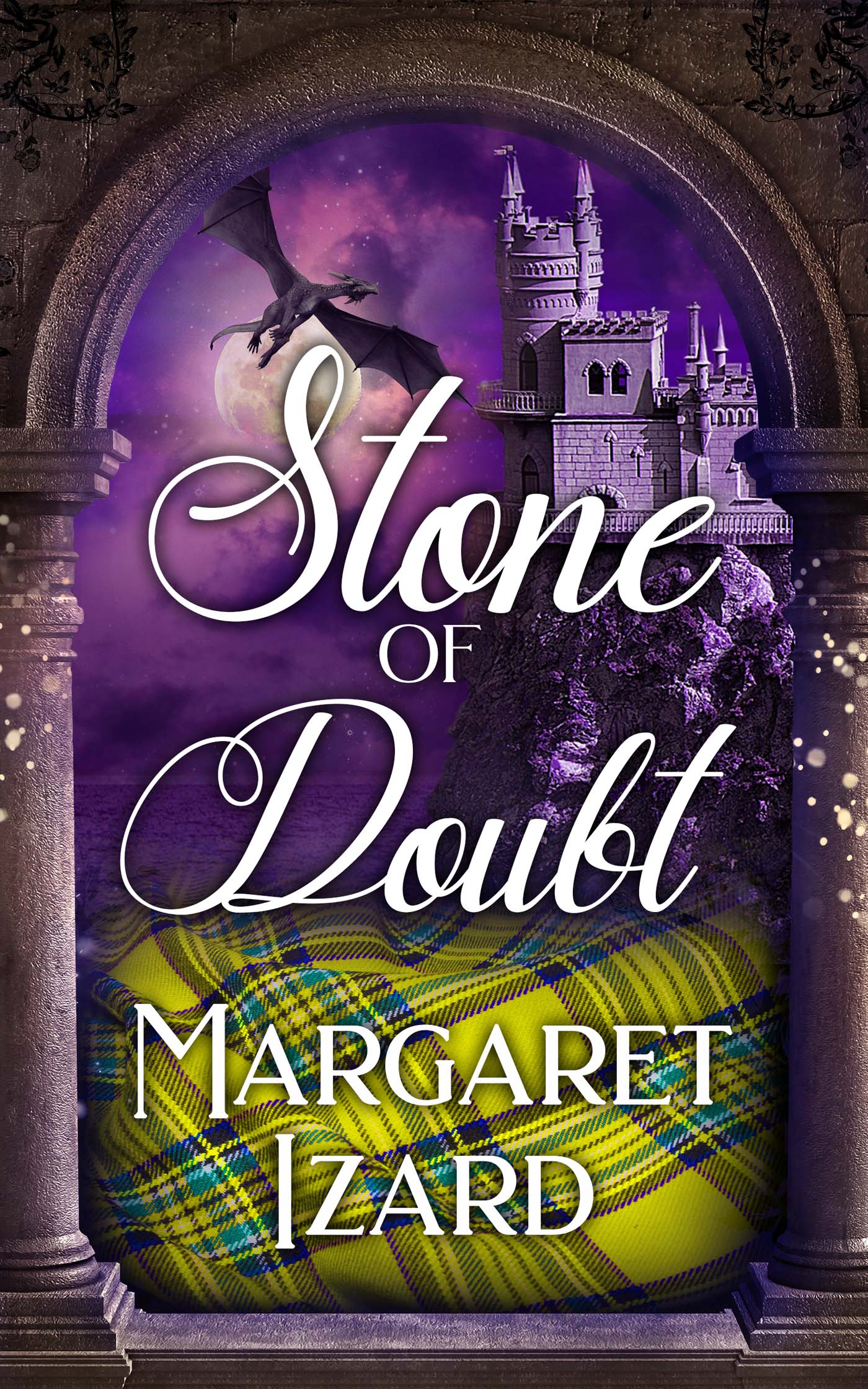

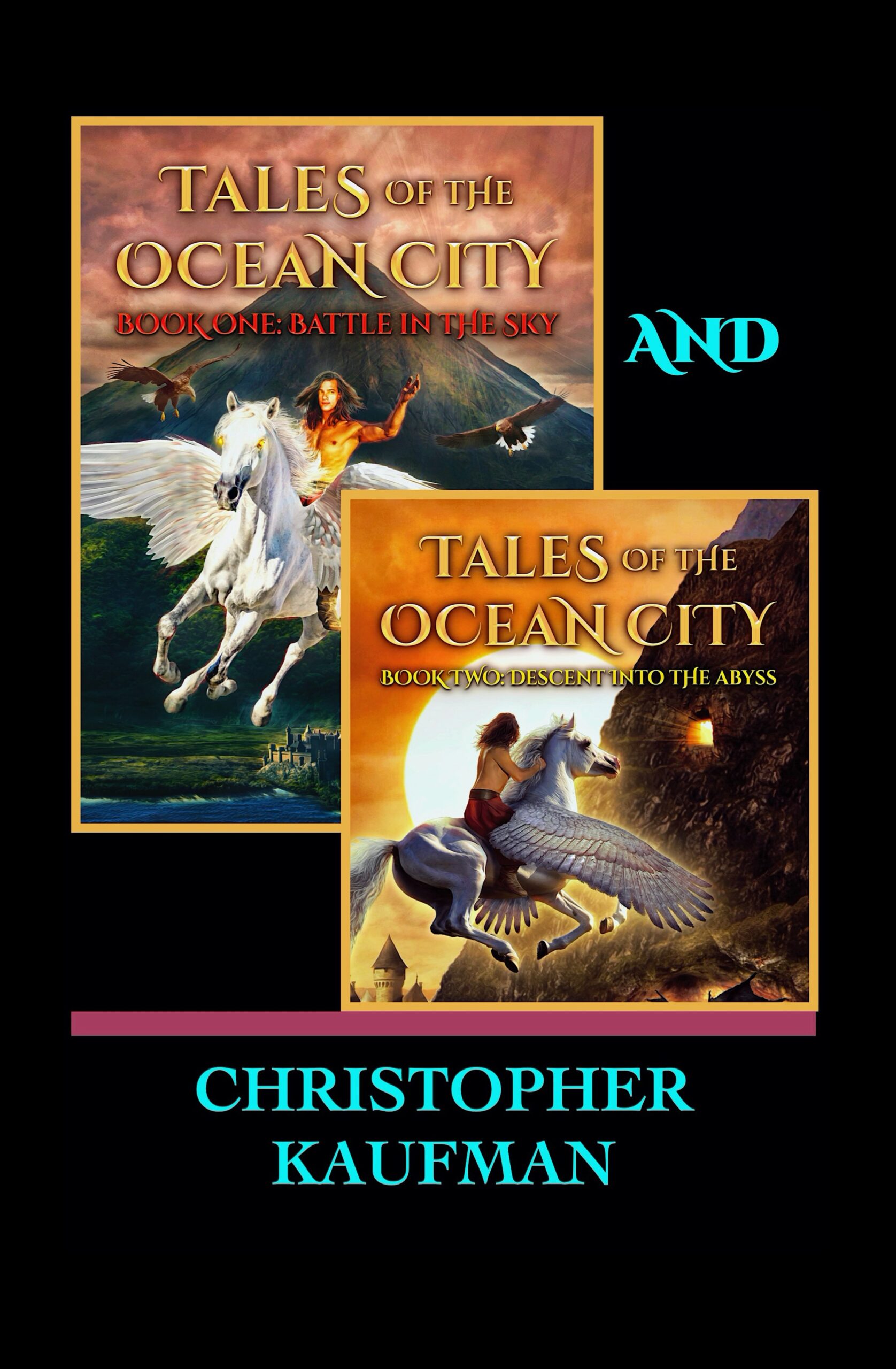
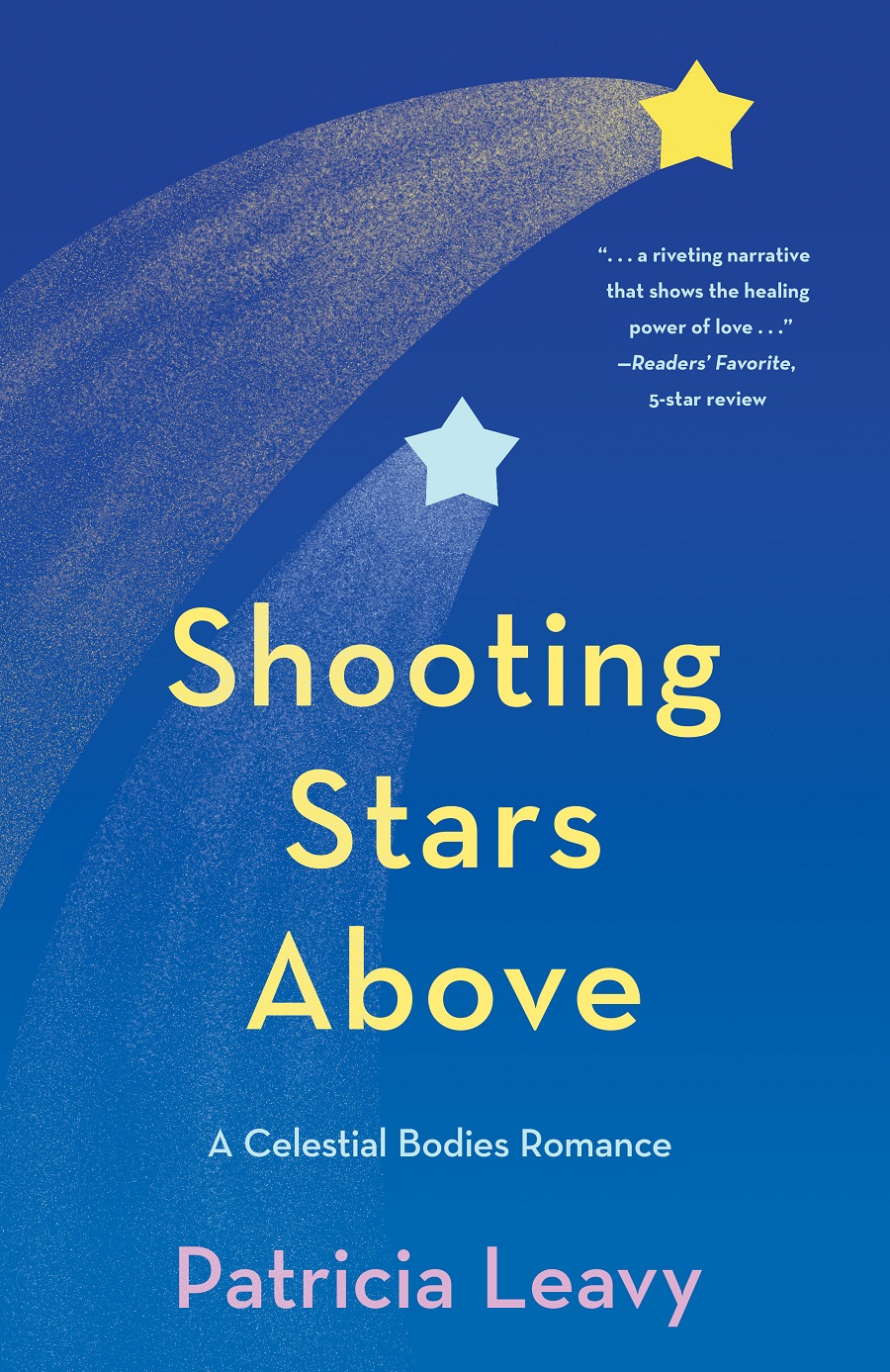
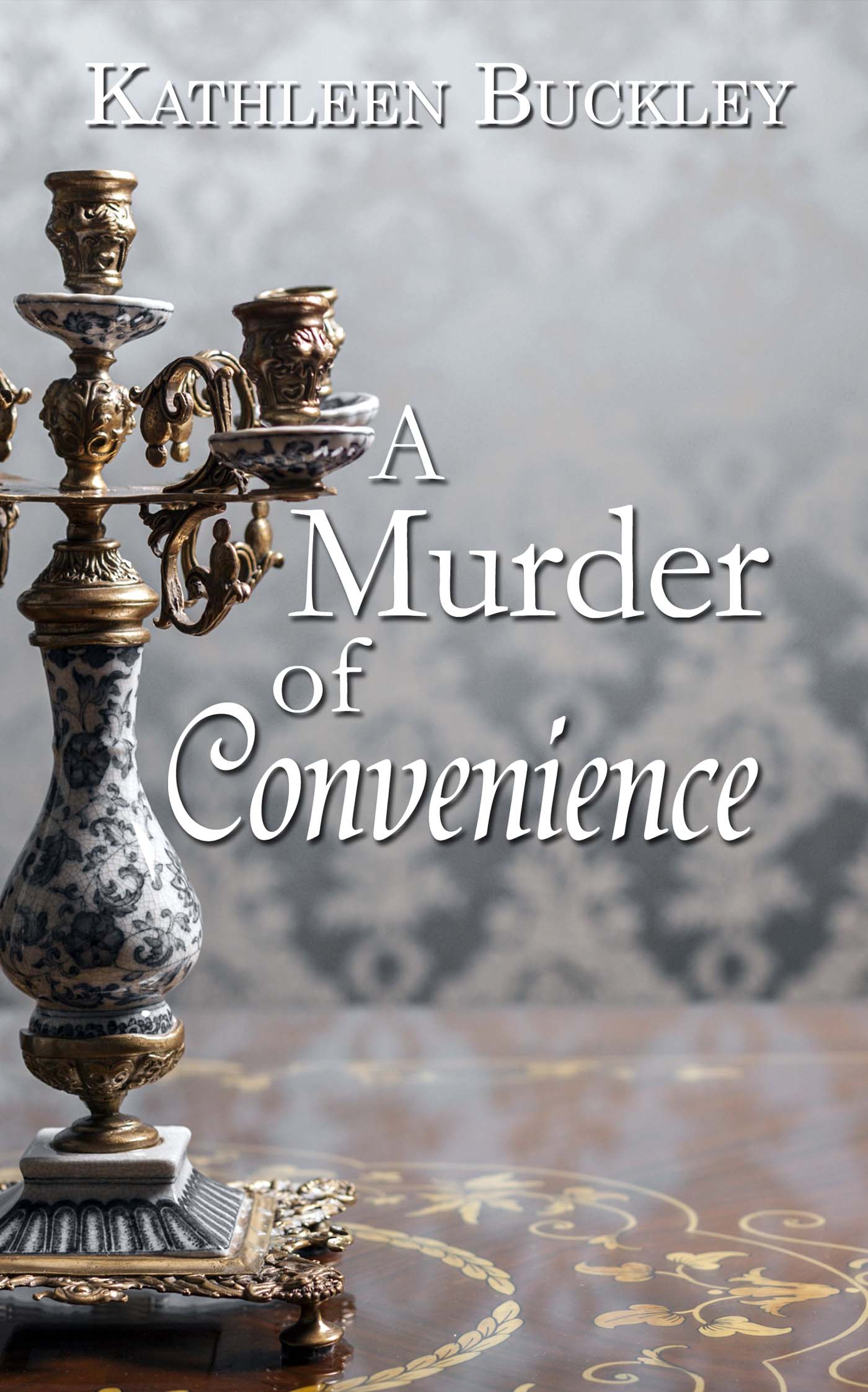

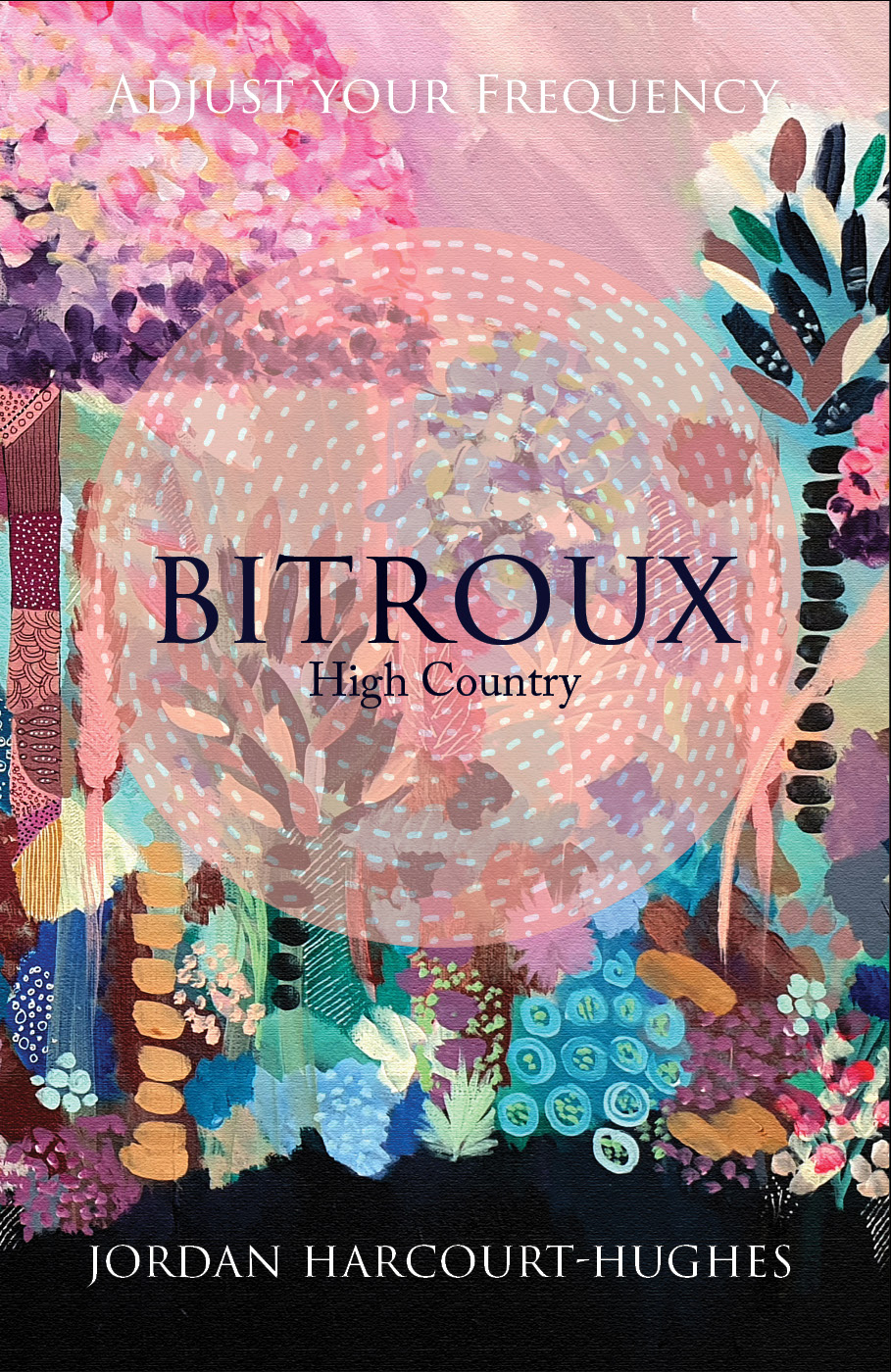
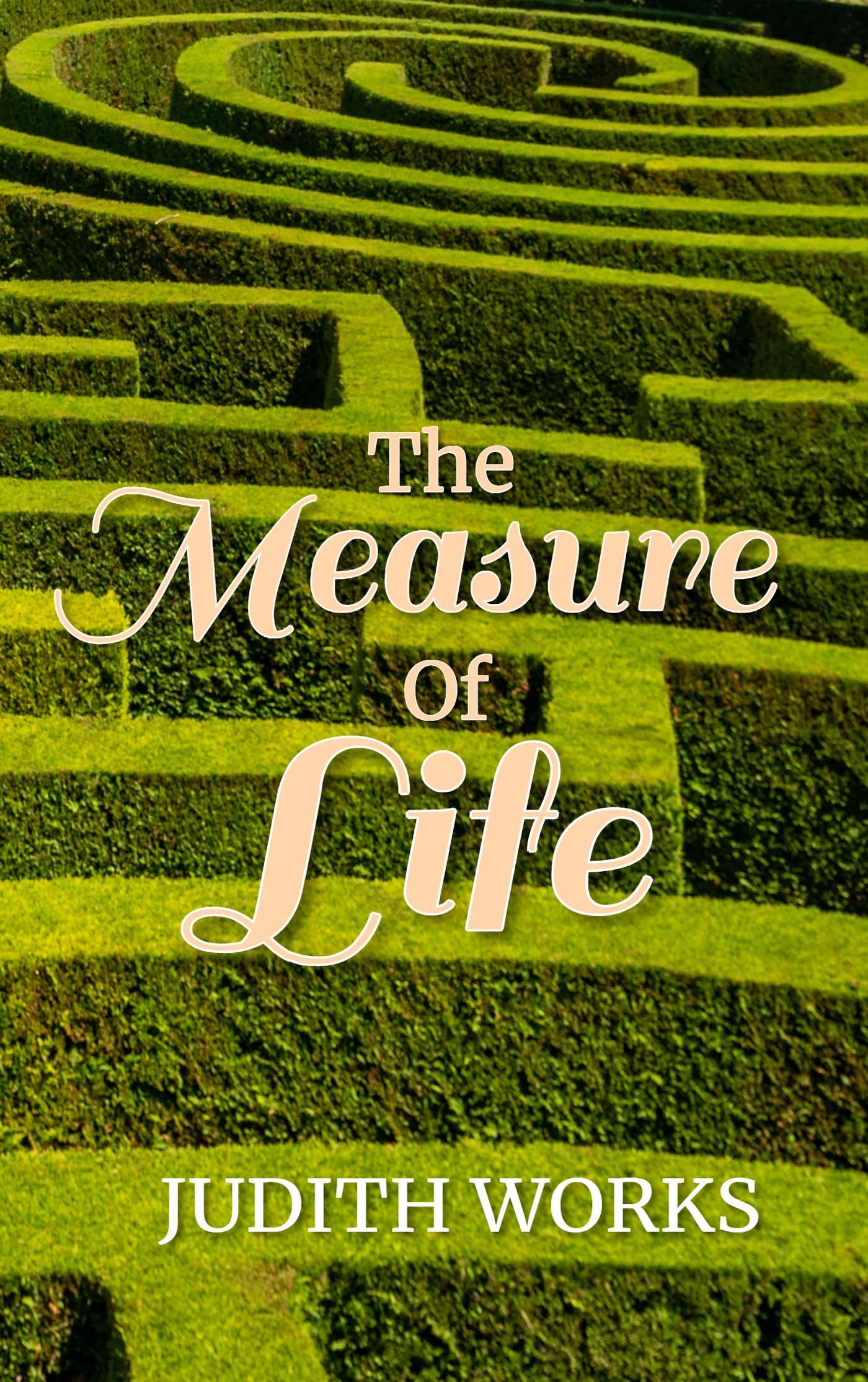


This looks like such an interesting read!